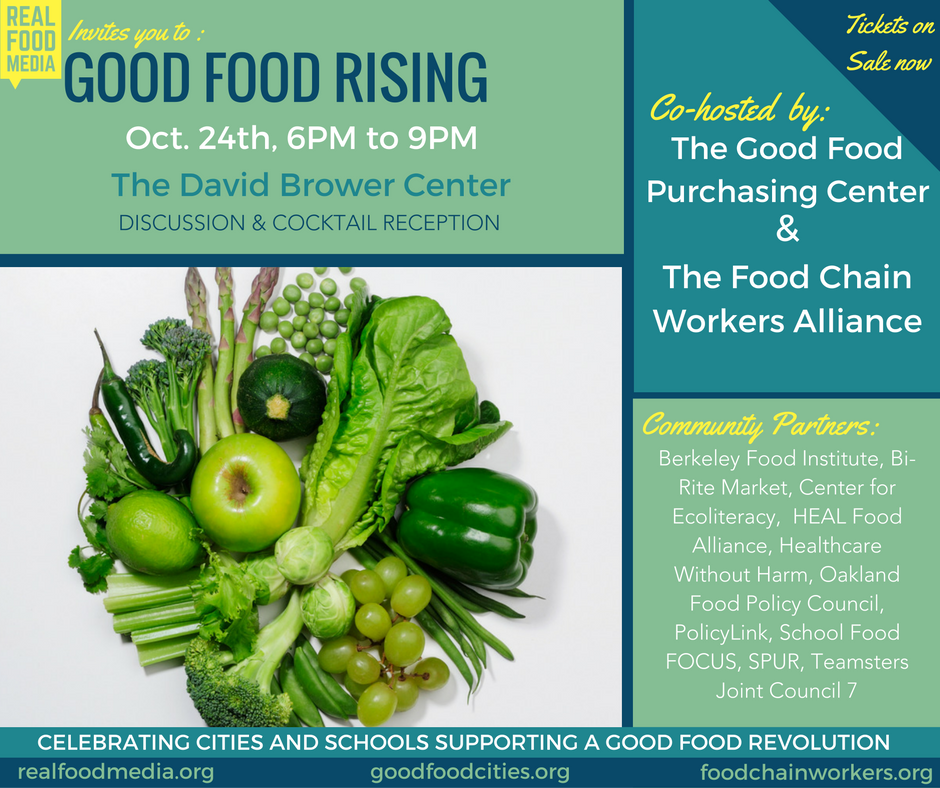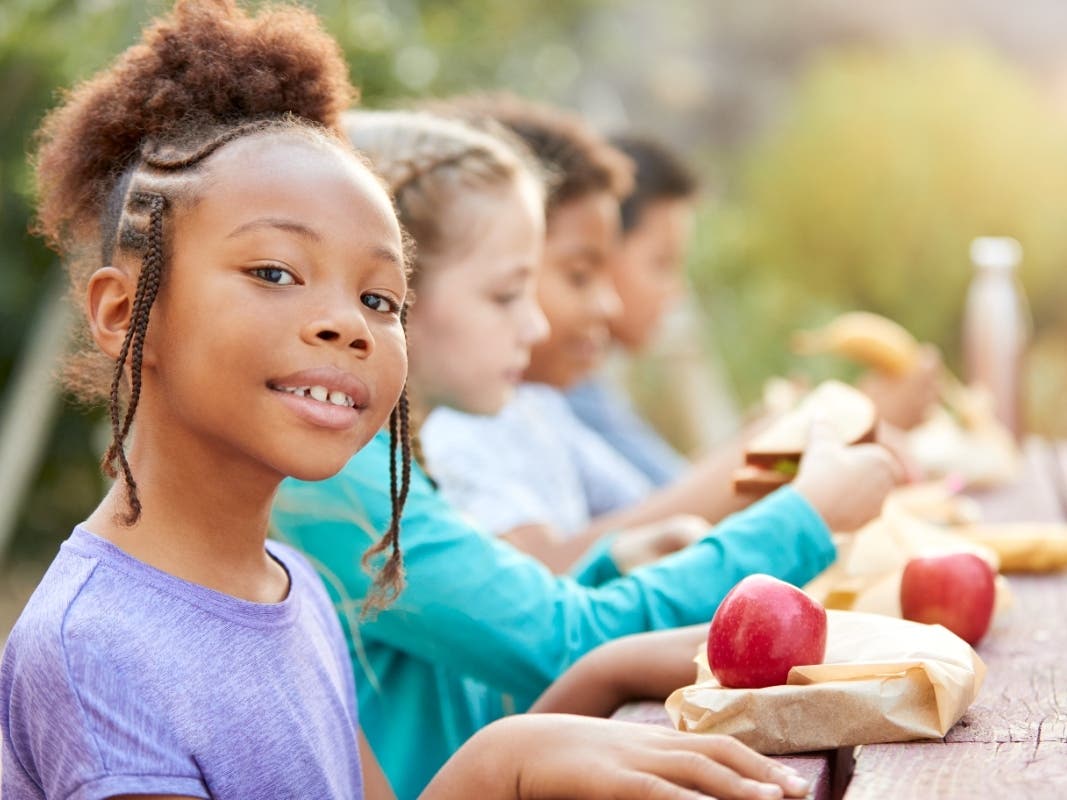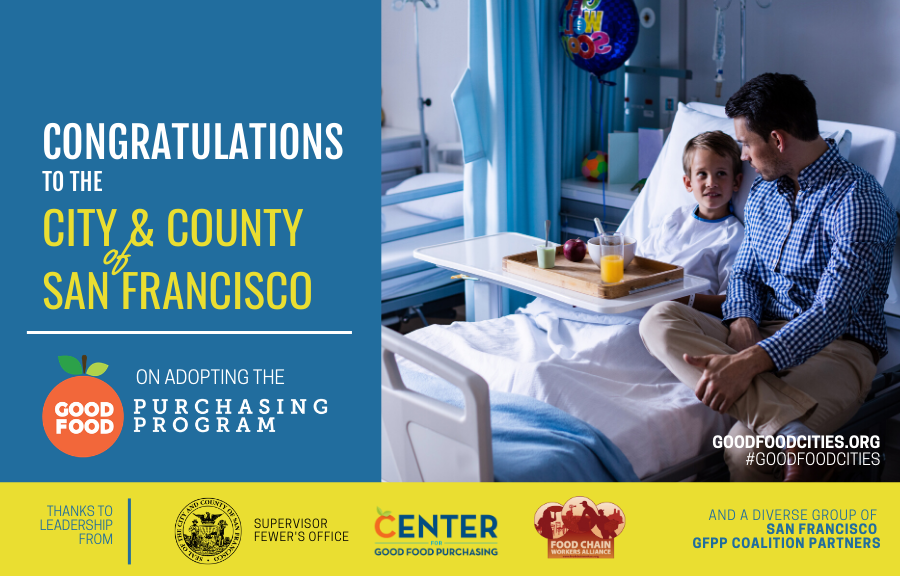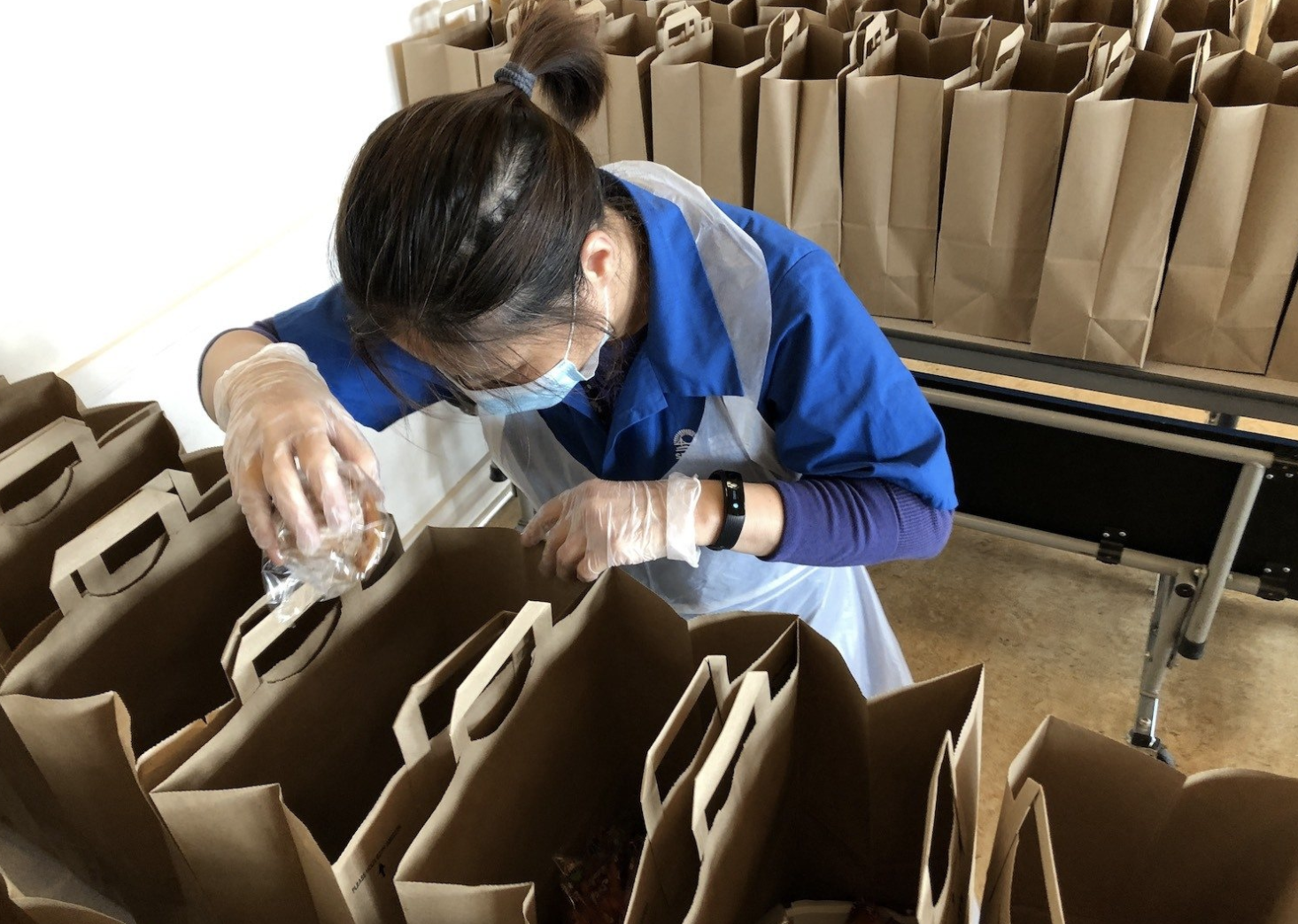Good Food Rising
Jonathan Baldoza
Food First
What kind of world do we want to live in?
This was the question that resonated throughout the evening of Monday, October 24th in “Good Food Rising: Celebrating Cities, Schools, and Communities Supporting the Good Food Movement,” organized and hosted by Real Food Media in partnership with the Center for Good Food Purchasing and Food Chain Workers Alliance at the David Brower Center in Berkeley, CA.
This event celebrated the significant progress made thus far in the good food movement, particularly with the growing interest in the Good Food Purchasing Program, which was adopted by the Los Angeles Unified School District in 2012, and just recently by San Francisco Unified School District. Further, Oakland’s school board is scheduled to consider adoption. Other school districts considering the program include Chicago, Cincinnati, Minneapolis, Austin, and New York.
As a food procurement policy, the Good Food Purchasing Program aims to set a baseline for purchasing standards that are aligned with five core values: environmental sustainability, nutrition, animal welfare, a valued workforce, and local economies. These were highlighted by Anna Lappé, director of Real Food Media.
Lappé expressed her excitement and optimism that with the guidance of the aforementioned core values, we can create a safe and healthy food environment in cities, schools, and communities.
The keynote speaker was Ricardo Salvador, director of the Food and Environment Program at the Union of Concerned Scientists, who emphasized the need for political action in the hopes of finding “ways of restructuring and creating a brand new food system.”
Salvador said that through the efforts of organizations and alliances, progress is being made in “creating a world that we want to be a part of,” and that our progress and work should not stop with the food system. Salvador also stressed the importance of getting involved in issues that intersect with food that would lead to a more “coherent national food policy.” By adopting policies such as the Good Food Purchasing Program, children will not only be nourished, but their ideas of healthy and delicious food will also change for the better.
With this kind of progress, an optimistic future is on the horizon for the good food movement. Despite setbacks along the way, as Salvador mentioned, “we’re all trying to accomplish impossible things,” there is hope for a safer, healthier, fairer, and more sustainable food environment with collective and step-by-step action.







